EU election season and securing online democracy

It’s election season in Europe, as European Parliament seats are contested across the European Union by national political parties. With approximately 400 million people eligible to vote, this is one of the biggest democratic exercises in the world - second only to India - and it takes place once every five years.
Over the course of four days, 23-26 May 2019, each of the 28 EU countries will elect a different number of Members of the European Parliament (“MEPs”) roughly mapped to population size and based on a proportional system. The 751 newly elected MEPs (a number which includes the UK’s allocation for the time being) will take their seats in July. These elections are not only important because the European Parliament plays a large role in the EU democratic system, being a co-legislator alongside the European Council, but as the French President Emmanuel Macron has described, these European elections will be decisive for the future of the continent.
Election security: an EU political priority
Political focus on the potential cybersecurity threat to the EU elections has been extremely high, and various EU institutions and agencies have been engaged in a long campaign to drive awareness among EU Member Continue reading
Cloudflare architecture and how BPF eats the world
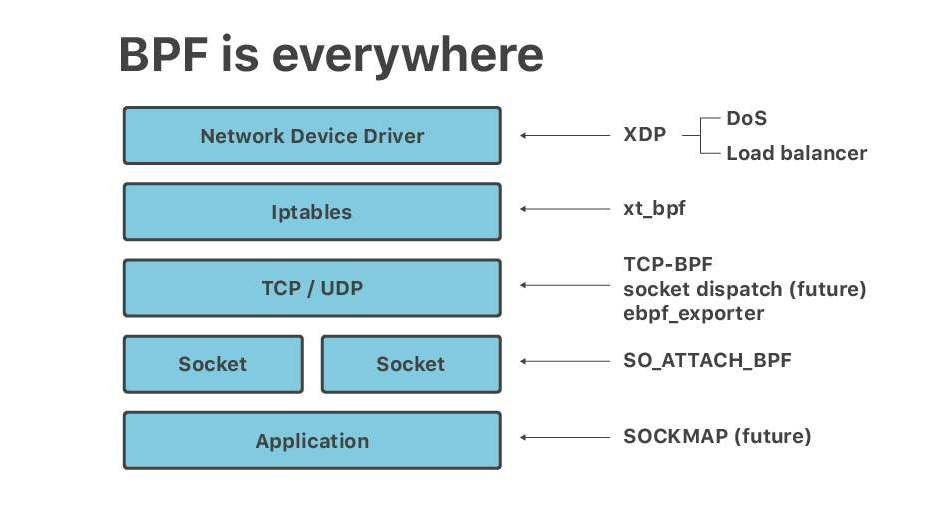
Recently at Netdev 0x13, the Conference on Linux Networking in Prague, I gave a short talk titled "Linux at Cloudflare". The talk ended up being mostly about BPF. It seems, no matter the question - BPF is the answer.
Here is a transcript of a slightly adjusted version of that talk.
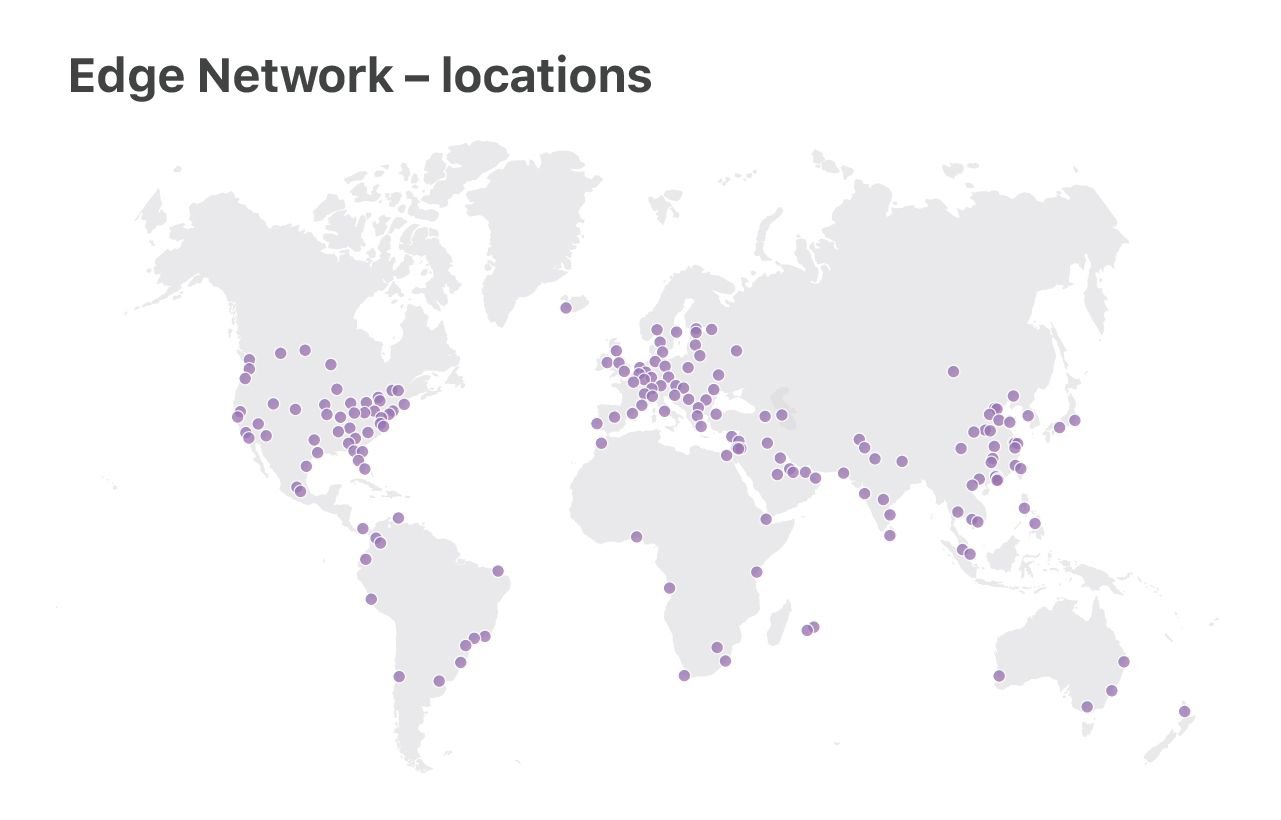
At Cloudflare we run Linux on our servers. We operate two categories of data centers: large "Core" data centers, processing logs, analyzing attacks, computing analytics, and the "Edge" server fleet, delivering customer content from 180 locations across the world.
In this talk, we will focus on the "Edge" servers. It's here where we use the newest Linux features, optimize for performance and care deeply about DoS resilience.

Our edge service is special due to our network configuration - we are extensively using anycast routing. Anycast means that the same set of IP addresses are announced by all our data centers.
This design has great advantages. First, it guarantees the optimal speed for end users. No matter where you are located, you will always reach the closest data center. Then, anycast helps us to spread out DoS traffic. During attacks each of the locations receives a small fraction of Continue reading
Join Cloudflare & Yandex at our Moscow meetup! Присоединяйтесь к митапу в Москве!


Are you based in Moscow? Cloudflare is partnering with Yandex to produce a meetup this month in Yandex's Moscow headquarters. We would love to invite you to join us to learn about the newest in the Internet industry. You'll join Cloudflare's users, stakeholders from the tech community, and Engineers and Product Managers from both Cloudflare and Yandex.
Cloudflare Moscow Meetup
Tuesday, May 30, 2019: 18:00 - 22:00
Location: Yandex - Ulitsa L'va Tolstogo, 16, Moskva, Russia, 119021
Talks will include "Performance and scalability at Cloudflare”, "Security at Yandex Cloud", and "Edge computing".
Speakers will include Evgeny Sidorov, Information Security Engineer at Yandex, Ivan Babrou, Performance Engineer at Cloudflare, Alex Cruz Farmer, Product Manager for Firewall at Cloudflare, and Olga Skobeleva, Solutions Engineer at Cloudflare.
Agenda:
18:00 - 19:00 - Registration and welcome cocktail
19:00 - 19:10 - Cloudflare overview
19:10 - 19:40 - Performance and scalability at Cloudflare
19:40 - 20:10 - Security at Yandex Cloud
20:10 - 20:40 - Cloudflare security solutions and industry security trends
20:40 - 21:10 - Edge computing
Q&A
The talks will be followed by food, drinks, and networking.
View Event Details & Register Here »
We'll Continue reading
Faster script loading with BinaryAST?

JavaScript Cold starts

The performance of applications on the web platform is becoming increasingly bottlenecked by the startup (load) time. Large amounts of JavaScript code are required to create rich web experiences that we’ve become used to. When we look at the total size of JavaScript requested on mobile devices from HTTPArchive, we see that an average page loads 350KB of JavaScript, while 10% of pages go over the 1MB threshold. The rise of more complex applications can push these numbers even higher.
While caching helps, popular websites regularly release new code, which makes cold start (first load) times particularly important. With browsers moving to separate caches for different domains to prevent cross-site leaks, the importance of cold starts is growing even for popular subresources served from CDNs, as they can no longer be safely shared.
Usually, when talking about the cold start performance, the primary factor considered is a raw download speed. However, on modern interactive pages one of the other big contributors to cold starts is JavaScript parsing time. This might seem surprising at first, but makes sense - before starting to execute the code, the engine has to first parse the fetched JavaScript, make sure Continue reading
Live video just got more live: Introducing Concurrent Streaming Acceleration


Today we’re excited to introduce Concurrent Streaming Acceleration, a new technique for reducing the end-to-end latency of live video on the web when using Stream Delivery.
Let’s dig into live-streaming latency, why it’s important, and what folks have done to improve it.
How “live” is “live” video?
Live streaming makes up an increasing share of video on the web. Whether it’s a TV broadcast, a live game show, or an online classroom, users expect video to arrive quickly and smoothly. And the promise of “live” is that the user is seeing events as they happen. But just how close to “real-time” is “live” Internet video?
Delivering live video on the Internet is still hard and adds lots of latency:
- The content source records video and sends it to an encoding server;
- The origin server transforms this video into a format like DASH, HLS or CMAF that can be delivered to millions of devices efficiently;
- A CDN is typically used to deliver encoded video across the globe
- Client players decode the video and render it on the screen

And all of this is under a time constraint — the whole process need to happen in a few seconds, or video experiences Continue reading
Announcing Cloudflare Image Resizing: Simplifying Optimal Image Delivery


In the past three years, the amount of image data on the median mobile webpage has doubled. Growing images translate directly to users hitting data transfer caps, experiencing slower websites, and even leaving if a website doesn’t load in a reasonable amount of time. The crime is many of these images are so slow because they are larger than they need to be, sending data over the wire which has absolutely no (positive) impact on the user’s experience.
To provide a concrete example, let’s consider this photo of Cloudflare’s Lava Lamp Wall:


On the left you see the photo, scaled to 300 pixels wide. On the right you see the same image delivered in its original high resolution, scaled in a desktop web browser. They both look exactly the same, yet the image on the right takes more than twenty times more data to load. Even for the best and most conscientious developers resizing every image to handle every possible device geometry consumes valuable time, and it’s exceptionally easy to forget to do this resizing altogether.
Today we are launching a new product, Image Resizing, to fix this problem once and for all.
Announcing Image Resizing
With Image Resizing, Cloudflare Continue reading
Parallel streaming of progressive images

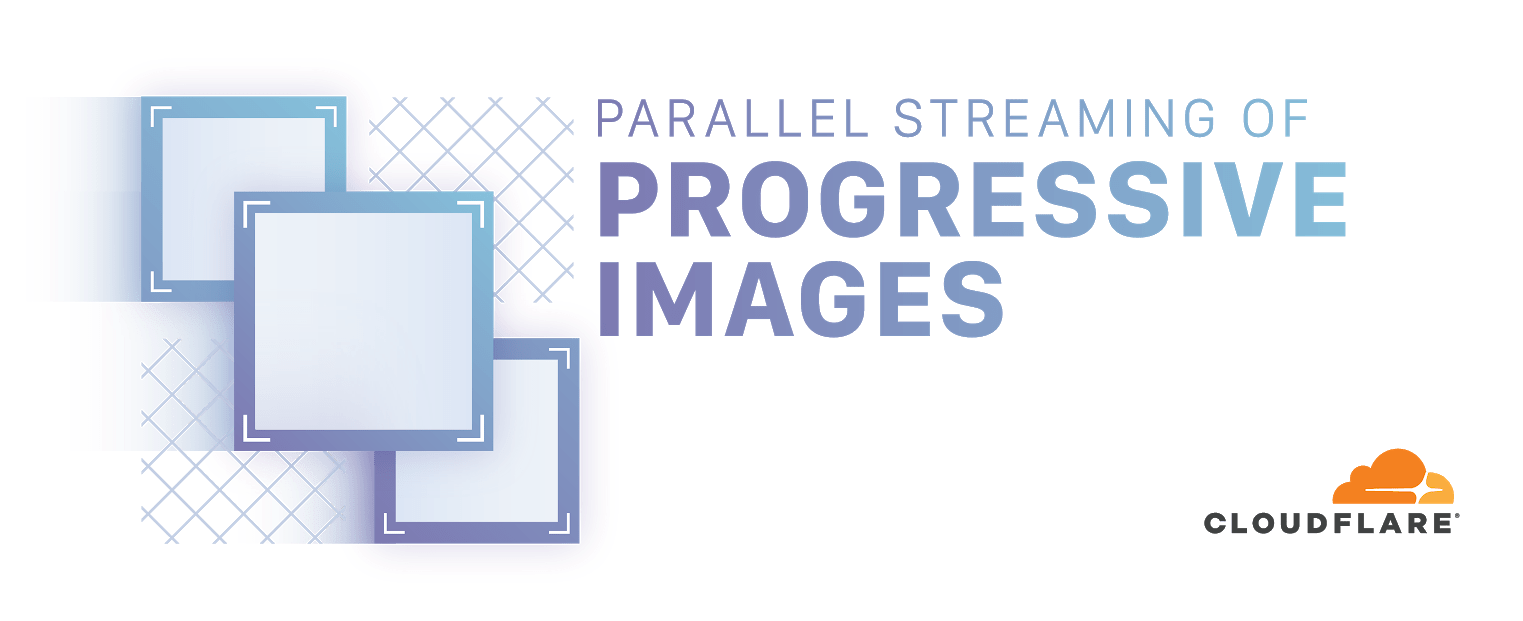
Progressive image rendering and HTTP/2 multiplexing technologies have existed for a while, but now we've combined them in a new way that makes them much more powerful. With Cloudflare progressive streaming images appear to load in half of the time, and browsers can start rendering pages sooner.
In HTTP/1.1 connections, servers didn't have any choice about the order in which resources were sent to the client; they had to send responses, as a whole, in the exact order they were requested by the web browser. HTTP/2 improved this by adding multiplexing and prioritization, which allows servers to decide exactly what data is sent and when. We’ve taken advantage of these new HTTP/2 capabilities to improve perceived speed of loading of progressive images by sending the most important fragments of image data sooner.
This feature is compatible with all major browsers, and doesn’t require any changes to page markup, so it’s very easy to adopt. Sign up for the Beta to enable it on your site!
What is progressive image rendering?
Basic images load strictly from top to bottom. If a browser has received only half of an image file, it can show only the top Continue reading
Better HTTP/2 Prioritization for a Faster Web
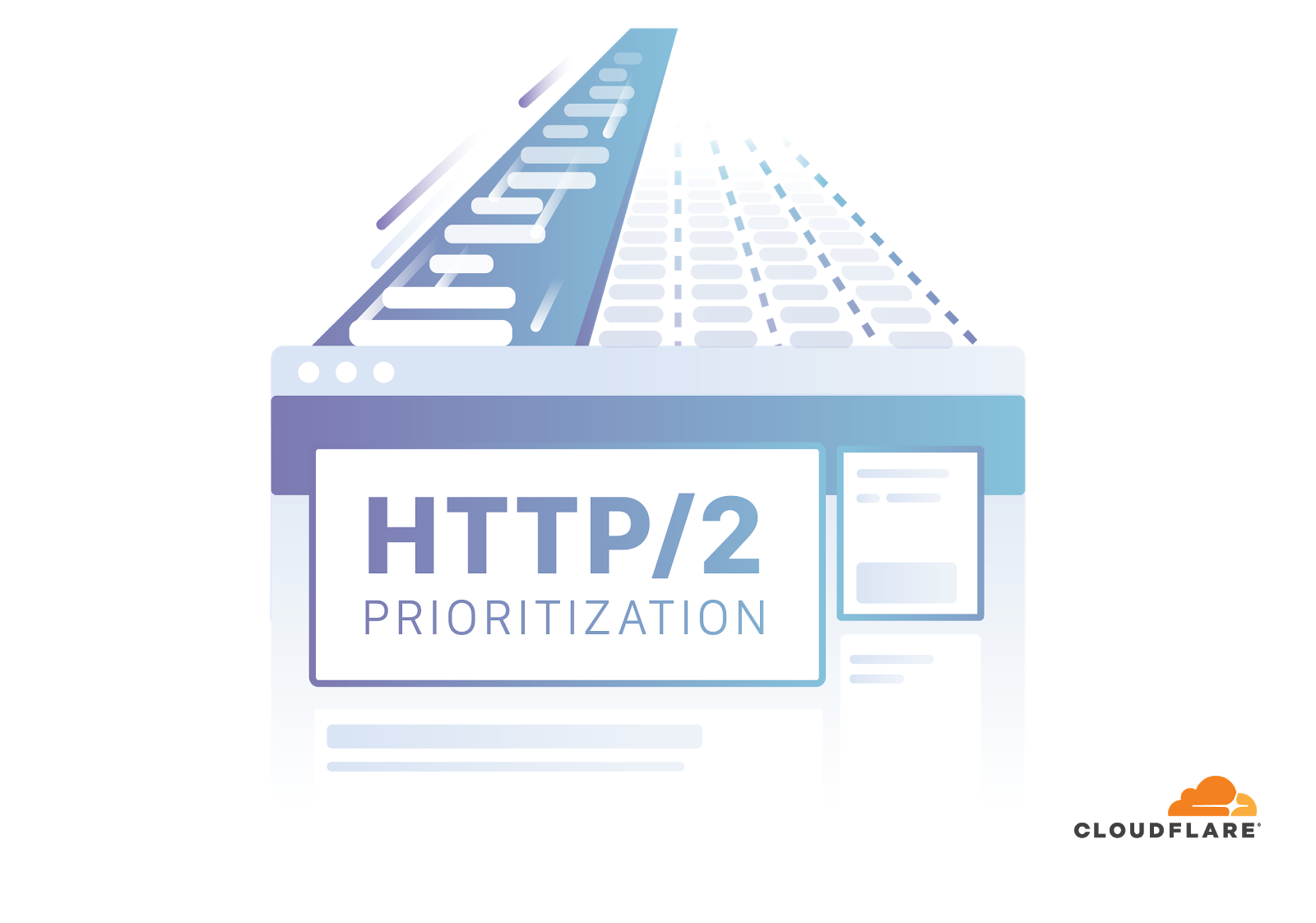

HTTP/2 promised a much faster web and Cloudflare rolled out HTTP/2 access for all our customers long, long ago. But one feature of HTTP/2, Prioritization, didn’t live up to the hype. Not because it was fundamentally broken but because of the way browsers implemented it.
Today Cloudflare is pushing out a change to HTTP/2 Prioritization that gives our servers control of prioritization decisions that truly make the web much faster.
Historically the browser has been in control of deciding how and when web content is loaded. Today we are introducing a radical change to that model for all paid plans that puts control into the hands of the site owner directly. Customers can enable “Enhanced HTTP/2 Prioritization” in the Speed tab of the Cloudflare dashboard: this overrides the browser defaults with an improved scheduling scheme that results in a significantly faster visitor experience (we have seen 50% faster on multiple occasions). With Cloudflare Workers, site owners can take this a step further and fully customize the experience to their specific needs.
Background
Web pages are made up of dozens (sometimes hundreds) of separate resources that are loaded and assembled by the browser into the final displayed content. This includes the Continue reading
Argo and the Cloudflare Global Private Backbone


Welcome to Speed Week! Each day this week, we’re going to talk about something Cloudflare is doing to make the Internet meaningfully faster for everyone.
Cloudflare has built a massive network of data centers in 180 cities in 75 countries. One way to think of Cloudflare is a global system to transport bits securely, quickly, and reliably from any point A to any other point B on the planet.
To make that a reality, we built Argo. Argo uses real-time global network information to route around brownouts, cable cuts, packet loss, and other problems on the Internet. Argo makes the network that Cloudflare relies on—the Internet—faster, more reliable, and more secure on every hop around the world.
We launched Argo two years ago, and it now carries over 22% of Cloudflare’s traffic. On an average day, Argo cuts the amount of time Internet users spend waiting for content by 112 years!
As Cloudflare and our traffic volumes have grown, it now makes sense to build our own private backbone to add further security, reliability, and speed to key connections between Cloudflare locations.
Today, we’re introducing the Cloudflare Global Private Backbone. It’s been in operation for a while now and links Continue reading
Welcome to Speed Week!


Every year, we celebrate Cloudflare’s birthday in September when we announce the products we’re releasing to help make the Internet better for everyone. We’re always building new and innovative products throughout the year, and having to pick five announcements for just one week of the year is always challenging. Last year we brought back Crypto Week where we shared new cryptography technologies we’re supporting and helping advance to help build a more secure Internet.
Today I’m thrilled to announce we are launching our first-ever Speed Week and we want to showcase some of the things that we’re obsessed with to make the Internet faster for everyone.
How much faster is faster?
When we built the software stack that runs our network, we knew that both security and speed are important to our customers, and they should never have to compromise one for the other. All of the products we’re announcing this week will help our customers have a better experience on the Internet with as much as a 50% improvement in page load times for websites, getting the most out of HTTP/2’s features (while only lifting a finger to click the button that enables them), finding the optimal route across Continue reading
eBPF can’t count?!

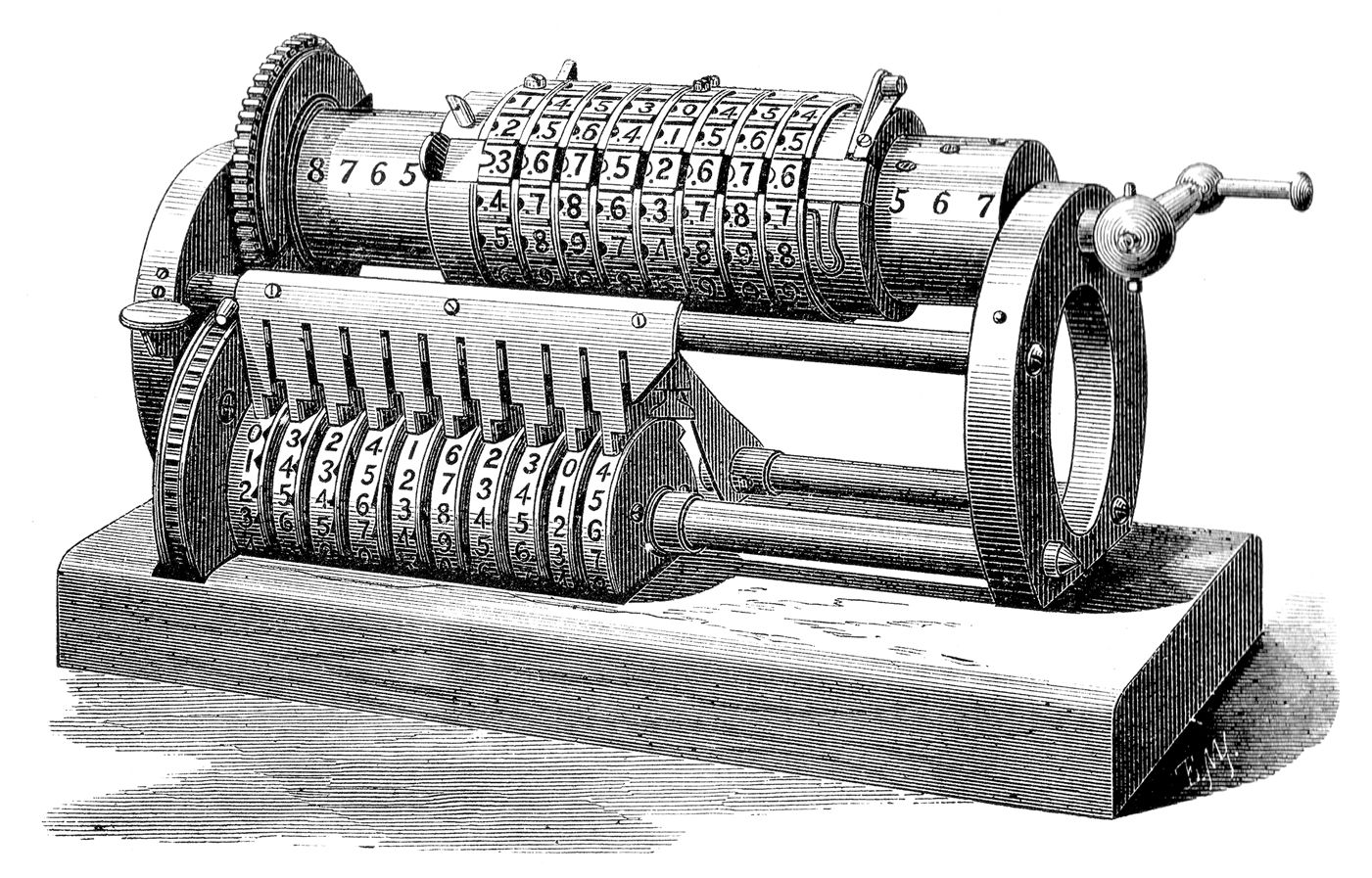
It is unlikely we can tell you anything new about the extended Berkeley Packet Filter, eBPF for short, if you've read all the great man pages, docs, guides, and some of our blogs out there.
But we can tell you a war story, and who doesn't like those? This one is about how eBPF lost its ability to count for a while1.
They say in our Austin, Texas office that all good stories start with "y'all ain't gonna believe this… tale." This one though, starts with a post to Linux netdev mailing list from Marek Majkowski after what I heard was a long night:

Marek's findings were quite shocking - if you subtract two 64-bit timestamps in eBPF, the result is garbage. But only when running as an unprivileged user. From root all works fine. Huh.
If you've seen Marek's presentation from the Netdev 0x13 conference, you know that we are using BPF socket filters as one of the defenses against simple, volumetric DoS attacks. So potentially getting your packet count wrong could be a Bad Thing™, and affect legitimate traffic.
Let's try to reproduce this bug with Continue reading
Unit Testing Workers, in Cloudflare Workers


We recently wrote about unit testing Cloudflare Workers within a mock environment using CloudWorker (a Node.js based mock Cloudflare Worker environment created by Dollar Shave Club's engineering team). See Unit Testing Worker Functions.
Even though Cloudflare Workers deploy globally within seconds, software developers often choose to use local mock environments to have the fastest possible feedback loop while developing on their local machines. CloudWorker is perfect for this use case but as it is still a mock environment it does not guarantee an identical runtime or environment with all Cloudflare Worker APIs and features. This gap can make developers uneasy as they do not have 100% certainty that their tests will succeed in the production environment.
In this post, we're going to demonstrate how to generate a Cloudflare Worker compatible test harness which can execute mocha unit tests directly in the production Cloudflare environment.
Directory Setup
Create a new folder for your project, change it to your working directory and run npm init to initialise the package.json file.
Run mkdir -p src && mkdir -p test/lib && mkdir dist to create folders used by the next steps. Your folder should look like this:
.
./dist
./src/worker.js
./test
./test/lib
. Continue readingThe Serverlist Newsletter: A big week of serverless announcements, serverless Rust with WASM, cloud cost hacking, and more

Check out our fourth edition of The Serverlist below. Get the latest scoop on the serverless space, get your hands dirty with new developer tutorials, engage in conversations with other serverless developers, and find upcoming meetups and conferences to attend.
Sign up below to have The Serverlist sent directly to your mailbox.
Rapid Development of Serverless Chatbots with Cloudflare Workers and Workers KV


I'm the Product Manager for the Internal Tools team here at Cloudflare. We recently identified a need for a new tool around service ownership. As a fast growing engineering organization, ownership of services changes fairly frequently. Many cycles get burned in chat with questions like "Who owns service x now?
Whilst it's easy to see how a tool like this saves a few seconds per day for the asker and askee, and saves on some mental context switches, the time saved is unlikely to add up to the cost of development and maintenance.
= 5 minutes per day
x 260 work days
= 1300 mins
/ 60 mins
= 20 person hours per year
So a 20 hour investment in that tool would pay itself back in a year valuing everyone's time the same. While we've made great strides in improving the efficiency of building tools at Cloudflare, 20 hours is a stretch for an end-to-end build, deploy and operation of a new tool.
Enter Cloudflare Workers + Workers KV
The more I use Serverless and Workers, the more I'm struck with the benefits of:
1. Reduced operational overhead
When I upload a Worker, it's automatically distributed to 175+ data Continue reading
We want to host your technical meetup at Cloudflare London

Cloudflare recently moved to County Hall, the building just behind the London Eye. We have a very large event space which we would love to open up to the developer community. If you organize a technical meetup, we'd love to host you. If you attend technical meetups, please share this post with the meetup organizers.

About the space
Our event space is large enough to hold up to 280 attendees, but can also be used for a small group as well. There is a large entry way for people coming into our 6th floor lobby where check-in may be managed. Once inside the event space, you will see a large, open kitchen area which can be used to set up event food and beverages. Beyond that is Cloudflare's all-hands space, which may be used for your events.
We have several gender-neutral toilets for your guests' use as well.
Lobby
You may welcome your guests here. The event space is just to the left of this spot.

Event space
This space may be used for talks, workshops, or large panels. We can rearrange seating, based on the format of your meetup.

Food & Continue reading
xdpcap: XDP Packet Capture

Our servers process a lot of network packets, be it legitimate traffic or large denial of service attacks. To do so efficiently, we’ve embraced eXpress Data Path (XDP), a Linux kernel technology that provides a high performance mechanism for low level packet processing. We’re using it to drop DoS attack packets with L4Drop, and also in our new layer 4 load balancer. But there’s a downside to XDP: because it processes packets before the normal Linux network stack sees them, packets redirected or dropped are invisible to regular debugging tools such as tcpdump.
To address this, we built a tcpdump replacement for XDP, xdpcap. We are open sourcing this tool: the code and documentation are available on GitHub.
xdpcap uses our classic BPF (cBPF) to eBPF or C compiler, cbpfc, which we are also open sourcing: the code and documentation are available on GitHub.

Tcpdump provides an easy way to dump specific packets of interest. For example, to capture all IPv4 DNS packets, one could:
$ tcpdump ip and udp port 53
xdpcap reuses the same syntax! xdpcap can write packets to a pcap file:
$ xdpcap /path/to/hook capture.pcap Continue readingThe Climate and Cloudflare


Power is the precursor to all modern technology. James Watt’s steam engine energized the factory, Edison and Tesla’s inventions powered street lamps, and now both fossil fuels and renewable resources power the trillions of transistors in computers and phones. In the words of anthropologist Leslie White: “Other things being equal, the degree of cultural development varies directly as the amount of energy per capita per year harnessed and put to work.”
Unfortunately, most of the traditional ways to generate power are simply not sustainable. Burning coal or natural gas releases carbon dioxide which directly leads to global warming, and threatens the habitats of global ecosystems, and by extension humans. If we can’t minimize the impact, our world will be dangerously destabilized -- mass extinctions will grow more likely, and mass famines, draughts, migration, and conflict will only be possible to triage rather than avoid.
Is the Internet the primary source of this grave threat? No: all data centers globally accounted for 2-3% of total global power use in recent years, and power consumption isn’t the only contributor to human carbon emissions. Transportation (mostly oil use in cars, trucks, ships, trains, and airplanes) and industrial processing (steel, chemicals, heavy manufacturing, Continue reading
Eating Dogfood at Scale: How We Build Serverless Apps with Workers


You’ve had a chance to build a Cloudflare Worker. You’ve tried KV Storage and have a great use case for your Worker. You’ve even demonstrated the usefulness to your product or organization. Now you need to go from writing a single file in the Cloudflare Dashboard UI Editor to source controlled code with multiple environments deployed using your favorite CI tool.
Fortunately, we have a powerful and flexible API for managing your workers. You can customize your deployment to your heart’s content. Our blog has already featured many things made possible by that API:
These tools make deployments easier to configure, but it still takes time to manage. The Serverless Framework Cloudflare Workers plugin removes that deployment overhead so you can spend more time working on your application and less on your deployment.
Focus on your application
Here at Cloudflare, we’ve been working to rebuild our Access product to run entirely on Workers. The move will allow Access to take advantage of the resiliency, performance, and flexibility of Workers. We’ll publish a more detailed post about that migration once complete, but the experience required that we retool some of our Continue reading
Announcing AMP Real URL


The promise of the AMP (Accelerated Mobile Pages) project was that it would make the web, and, in particular, the mobile web, much more pleasant to surf. The AMP HTML framework was designed to make web pages load quickly, and not distract the user with extraneous content that took them away from focusing on the web page’s content.
It was particularly aimed at publishers (such as news organizations) that wanted to provide the best, fastest web experience for readers catching up on news stories and in depth articles while on the move. It later became valuable for any site which values their mobile performance including e-commerce stores, job boards, and media sites.
As well as the AMP HTML framework, AMP also made use of caches that store copies of AMP content close to end users so that they load as quickly as possible. Although this cache make loading web pages much, much faster they introduce a problem: An AMP page served from Google’s cache has a URL starting with https://google.com/amp/. This can be incredibly confusing for end users.
Users have become used to looking at the navigation bar in a web browser to see what web site Continue reading
China | Silicon Valley | China: A path less traveled
“Real knowledge is to know the extent of one's ignorance.”
― Confucius
Blueprint:

Don’t tell our CEO, Matthew Prince, but the first day I interviewed at Cloudflare I had a $9.00 phone in my pocket, a knock-off similar to a Nokia 5140, but the UI was all in Chinese characters—that phone was a fitting symbol for my technical prowess. At that time in my career I could send emails and use Google, but that was about the extent of my tech skill set. The only code I’d ever seen was in the Matrix, Apple computers confused me, and I was working as a philosophy lecturer at The University of California, Santa Cruz. So, you know, I was pretty much the ideal candidate for a deeply technical, Silicon Valley startup.
This was in 2013. I had just returned from two years of Peace Corps service in the far Southwest of China approaching the Himalayan plateau. That experience gave me the confidence to walk into Cloudflare’s office knowing that I would be good for the job despite the gaps in my knowledge. My early training in philosophy plus my Peace Corps service gave me a blueprint for learning and Continue reading